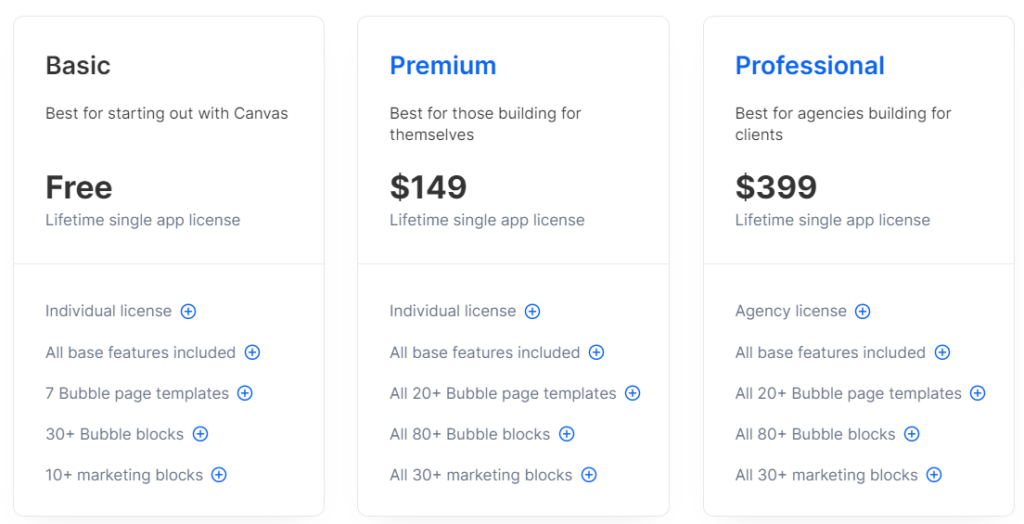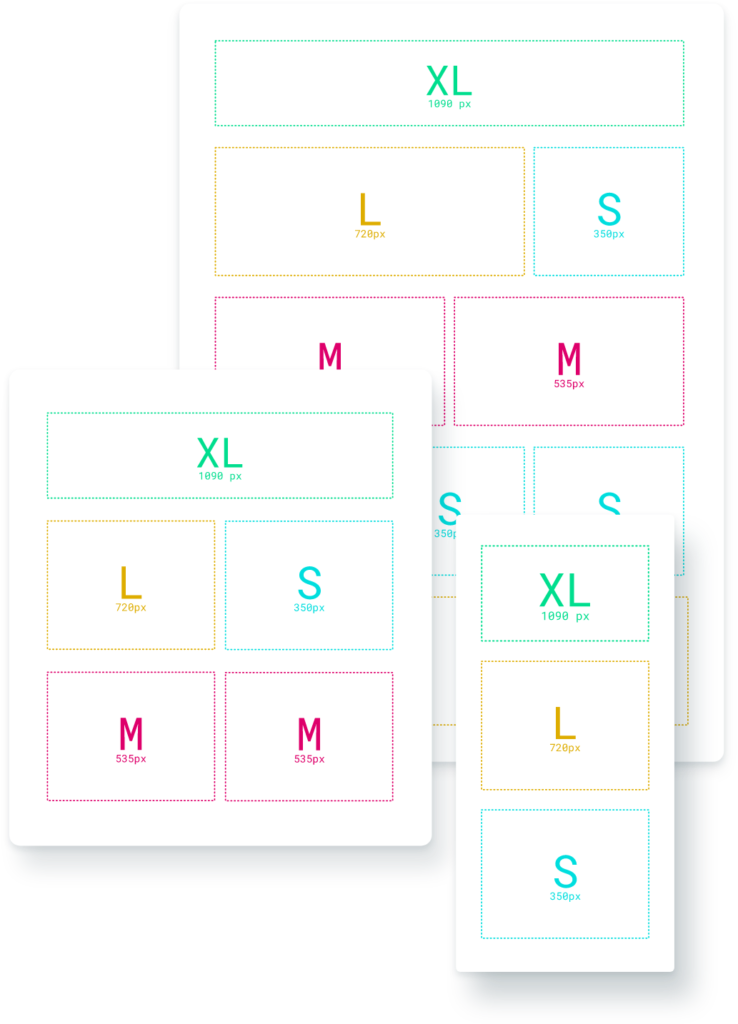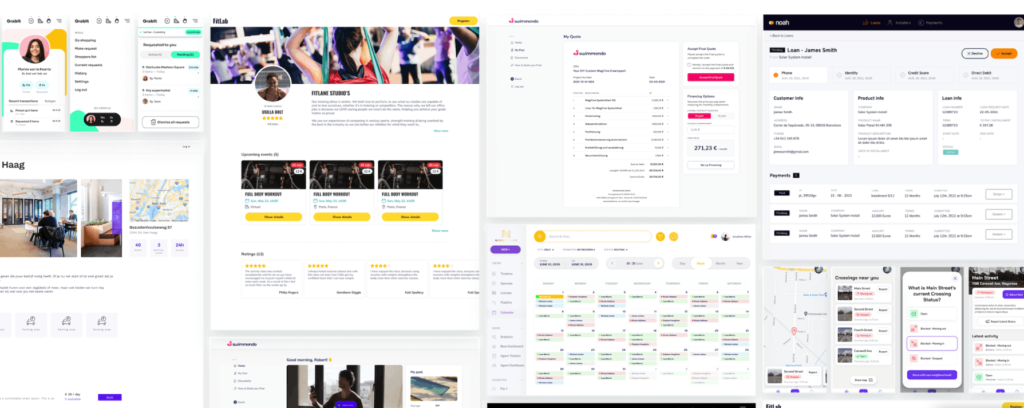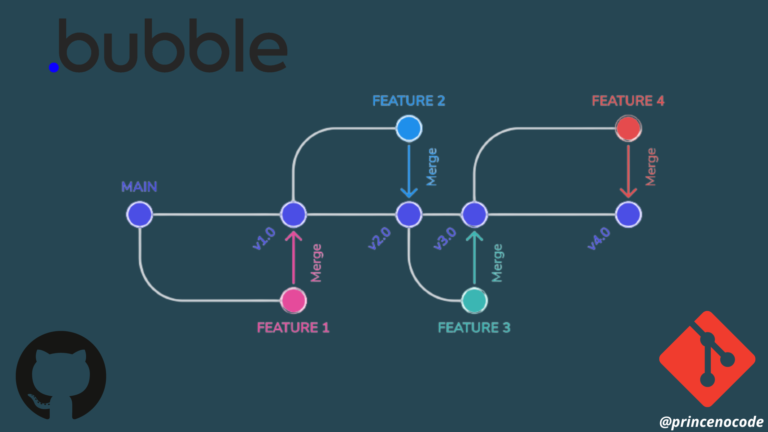Canvas VS openBuild
If you’ve been doing Bubble for a while, you’re probably familiar with Canvas built by Airdev which offers ready-made elements, blocks and pages to speed up development. There is an even more ambitious openBuild alternative built by Tinkso (Ideable*) offering more flexibility and a more complete library.
We will make a comparative study of these two frameworks in order to know what would be adapted to your needs. First of all, both are great products for Bubble development enthusiasts as the time saving is just enormous. Let’s go 🤩
Canvas by Airdev

Canvas is a No-Code framwork built on top of Bubble that makes it easy to quickly create beautiful, responsive web applications based on customer needs. Canvas is developed and maintained by Airdev in San Francisco as we specified at the beginning, based on their experience with hundreds of customers.
The free version of Canvas includes features that every application needs such as: a marketing page builder, user integration, an administration portal, consistent styling and much more.
However, to use Canvas, you’ll need a few dozen hours of learning, as Canvas not only facilitates the integration of the UI (User Interface) but also facilitates some aspects of the actual Bubble development. Like the dynamic email system, an admin portal, a user manager and so many other features.
The Canvas element library contains hundreds of page and block templates allowing you to add exactly the kind of user interface you need. All modules are modern, consistent and work on all screen sizes and with the new responsive engine.

Simply adjust the user interface and connect the logic at the Bubble level, depending on your use cases. Everything in the base model and the added modules can be adjusted to fit your exact needs with some simplicity. The Canvas design framework provides a beautiful and consistent user interface that can be customized for any brand and content. Below are some examples of page configurations assembled using Canvas modules. To give you some inspiration.

Price Canvas by Airdev
Canvas has several licenses offering several advantages, not to mention that it has a free plan necessary to learn, however do not have to have the free plan of Bubble to use certain features, because Canvas used API actions for the integration of marketing pages for example.

openBuild by Tinkso (Ideable *)

OpenBuild is an alternative to Canvas, which is still in its infancy, but has huge potential. It makes development easier by allowing you to create a professional design effortlessly.
The biggest advantage of openBuild is that you can add your own elements to openBuild to use in another project, which is handy when working on multiple Bubble projects. And it integrates easily into any project unlike Canvas which only works with their template. And its responsive system based on the new engine, allows to build interfaces quite easily

Speaking of templates, openBuild has openBase, a free template that makes it easy to develop a product with Bubble using the best development techniques. And openBase has a pretty complete documentation about how to use it. However, you will have to be comfortable with Bubble, because openBase uses advanced Bubble techniques to make the most efficient product possible.
Of course, you can use openBuild and start your project from scratch without any problem.
But personally, with my clients and in my company, I often use openBase because it is free and it allows to bypass the basic configurations for a Bubble project.

Price openBuild by Tinkso
Regarding the price, Canvas has the system of payment by subscription, allowing access to the library of elements provided by openBuild and our custom elements for better use in other projects.

Conclusion
To conclude, I have already used Airdev’s Canvas via their Bootcamp and in projects with clients. My choice is openBuild, because once you master Bubble, you can use openBuild without any additional training and you can create your own custom elements to use in other projects. This allows you not to be dependent on the library of elements provided by openBuild, but to be able to create your own elements contrary to Canvas which does not integrate this functionality yet. This allows me to save a lot of time for my freelance and agency projects. I highly recommend it, but if you already use the canvas template, no need to skip the advantages offered by Canvas. It’s up to you to choose according to your needs and I’m here if you have any questions to ask in the comment area.








